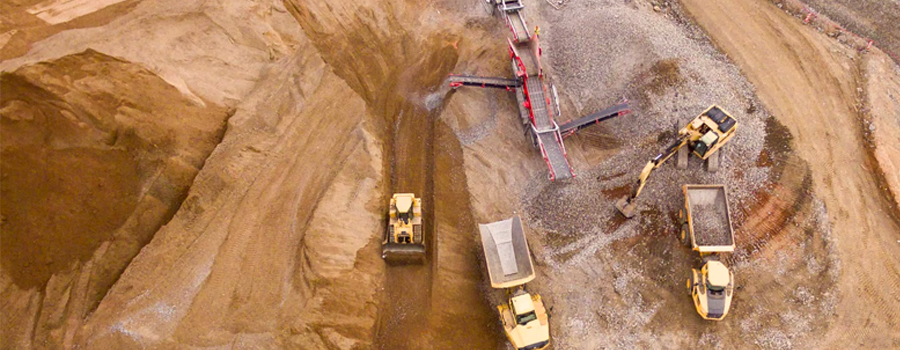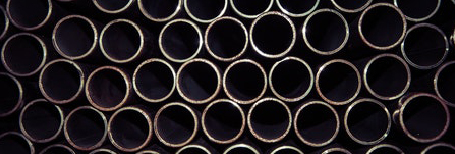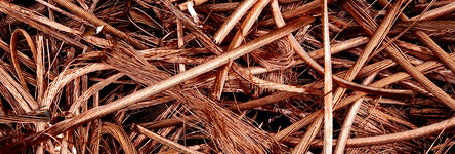
ores are mineral aggregates. under modern technical and economic conditions, metals or other products can be processed and extracted from minerals on an industrial scale and which are divided into two categories: metallic ores and non-metallic ores. the ratio of the weight of useful components (elements or minerals) in an ore to the weight of the ore is called the ore grade and is one of the most important measures of an ore. for large shipments, small differences in quality can result in large differences in the value of the shipment.
ores are generally divided into several broad categories as follows:
i. metal ores
1. iron ore: iron ore for blast furnace charge, iron ore for direct reduction charge, acid iron pellet ore for blast furnace, etc.
2. manganese ore: manganese tetraoxide for soft magnetic ferrites, manganese ore for metallurgy, manganese carbonate ore powder, manganese dioxide ore powder for chemical industry, etc.
3. chrome ore: chrome ore for refractory materials, chrome ore for metallurgy, vanadium-containing titanium slag, acid-soluble titanium slag, etc.
4. light metal ore testing: tin concentrate, lead concentrate, titanium concentrate (rock ore),celestine ore, bauxite ore, mixed lead and zinc concentrate, magnesia sand, etc.
5. heavy metal ores: copper ore, lead ore and zinc ore, cobalt ore, nickel ore, tin ore, antimony ore, bismuth ore, ascharite ore, copper concentrate, antimony concentrate, cobalt concentrate, etc.
6. rare metal ores: tungsten ore, molybdenum ore, lithium ore, rubidium ore, caesium ore, beryllium ore, tantalum ore, niobium ore, zirconium ore, rare earth ore, ferro-tantalum, ferro-niobium concentrate, copper slag concentrate, high rare earth iron ore, bastnasite concentrate, monazite concentrate, yttrium phosphate concentrate, rare earth rich slag, tungsten concentrate, molybdenum concentrate, beryllium concentrate, beryl, beryl concentrate, high titanium slag, tantalum concentrate
7. precious metal ores: gold ore, gold concentrate, gold loaded carbon, gold nuggets for metallurgy, silver concentrate, etc.
ii. non-metallic ores
1. chemical raw material ores: phosphorus ore and phosphorus concentrate, pyrite iron ore and sulphur concentrate, realgar ore, orpiment ore, arsenic ore, boron and magnesium ore, azurite ore, serpentine ore, boromagnesite ore, alum ore, barite, import and export fluorite powder etc.
2. metallurgical auxiliary ores: fluorite, limestone, dolomite, metallurgical lime, flake graphite, sintered corundum, pre-fused calcium aluminate for steel making, pre-fused calcium ferrate for metallurgy, high alumina bauxite clinker, lightly burned magnesium oxide, hard clay clinker, magnesite, electrofused magnesium sand, etc.
3. building material ores: silicate rock, limestone, chemical limestone, dry-ground mica powder, wet-ground mica powder, feldspar for flat glass, feldspar, chlorite, talc, soapstone, pyrophyllite, quartz sand for glass industry, silica, granite, etc.
4. other non-metallic ores: bauxite, ferrovanadium, diamonds, natural diamonds, jewellery and jade, jadeite, pearls, cryolite, seafoam, etc.

noa provides industrial ore testing services, which include but are not limited to:
1. semi-quantitative analysis of raw ore spectra (qualitative)
2. chemical multi-element analysis (quantitative)
3. x-ray diffraction analysis
4. physical phase analysis
5. weighing and stockpiling
6. particle size measurement
7. water scale weighing
8.cabin inspection
9. supervision of loading and unloading
10. sampling
11.appearance inspection
12.photo records
q.what are the preparatory tasks before industrial mine testing?
(1) customer communication and understanding of customer needs.
(2) standards and processes for product testing.
(3) projects and plans to protect against hazardous substances and prepare for formal testing.
(1) component analysis: physical analysis, whole rock analysis, clay analysis.
(2) elemental analysis: analysis of unknown samples from natural collections, chemical analysis.
(3) ore grades: optical thin section identification, micrographs, rock identification.
(4) rock mineralogical testing: moisture, alkali resistance, acid resistance, true density, bulk resistance, surface resistance, transparency, gloss, shore hardness, mohs hardness; refractive index, void ratio (mercury pressure, adsorption, total porosity, closed porosity), specific surface area (glycol method, gas permeability, nitrogen method).





tel: 86-400 821 5138
fax: 86-21 3327 5843
email:noa@noagroup.com